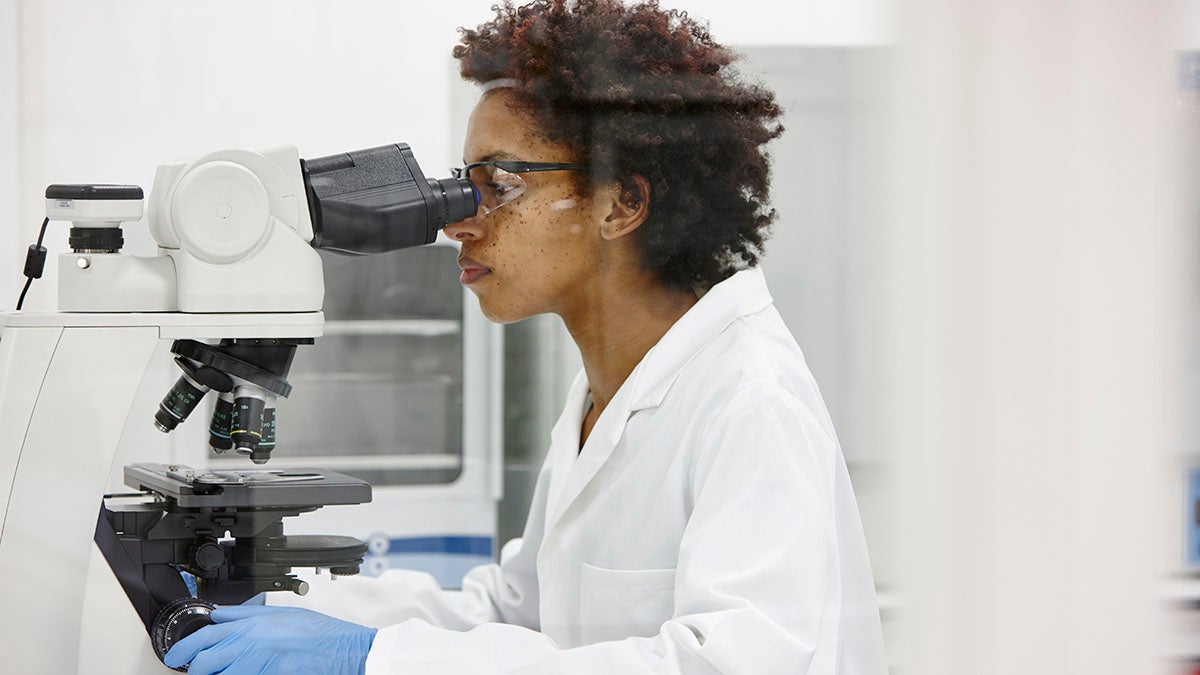Women underrepresented in sport science research

Stacy Sims found herself in a medical tent after her body suffered a hyponatremic reaction to glucose and electrolyte tablets after the 2002 Ironman World Championships in Kona, Hawaii. After talking to several other female racers, Sims learned those who were about to start their menstrual cycle were also borderline hyponatremic, a condition that occurs when the sodium level in the blood is too low.

Sims returned to her home in New Zealand on a mission to become a “biohacker for the female race” and dedicated herself to learning how hormones affect females regarding body temperature, use of macronutrients, hydration levels, performance and recovery. Sims has become “one of the leading voices pushing for greater consideration of sex and gender in sports science,” according to an Outside article written by Christine Yu.
While the work Sims’ has done as a senior research fellow at the University of Waikato has continued to pave the road for women in sports medicine and research. However, the number of men in the field simply overwhelms women. The underrepresentation of women in sport still should not reflect that in the sports-science workforce.
Since the U.S. law Title IX was passed in 1972, the number of women participating in sports has increased by 560 percent in college alone. However, according to Outside, women continue to be underrepresented in exercise-related science, creating a gap of knowledge of female physiology and performance in sports.
Audrey Bergouignan is an Assistant Professor of Medicine, Division of Endocrinology, Metabolism and Diabetes at the University of Colorado at Denver and a researcher at the French National Center for Scientific Research. In the Outside article, she cited a simple reason for the research gap: “Males were predominantly the ones conducting the research and in the position to make decisions.” Men are also more likely to study men because it's easier, according to Bergouignan. Not only is the sports industry dominated by men, but the issues around male sports are better funded.
“Exercise science is often supported by sports organizations such as the NFL and the Union of European Football Associations,” according to the article. However, it is not just a numbers game. Studying women in sport is more expensive due to “fluctuating hormones” that pose a “physiological variable” to scientists.
Temperature, macronutrient metabolism, hydration, fatigue in the nervous system and the menstrual cycle all factor into tests for women. These factors “can create noise in the data that’s difficult, time-consuming and expensive to control for in the research design,” according to Bergouignan.
Such variables require additional tests for female athletes to ensure they are in the same phase as male athletes. Researchers also ruled out women from cell, animal and human studies under the assumption that diseases, risk factors, treatment and medication were the same for both sexes. Rejecting the notion that a woman's body is different has caused doctors to misdiagnose symptoms and overlook larger issues such as breast cancer, osteoporosis and relative energy deficiency in sport.
Generalizing medical treatment has widened the gap for how sport scientists look at women for training, injuries and recovery. Women have a 50 percent higher concussion rate than men, as well as a different symptoms and a longer recovery time according to a research paper published by JAMA Pediatrics. A study published in the British Journal of Sports Medicine found in a group of 207 male and female athletes, “34 percent of males completed concussion treatment within two months [while] only 12 percent of females were cleared in that same time frame.” Despite concussions having a more severe effect on women, “there are no female-specific care protocols for women with brain injury,” according to the Outside.
The lack of inclusion for women in medical studies goes further than the realm of sports. Medical exercise studies published between 2011 and 2013 found in 1,382 studies with more than 6 million participants, women made up about 39 percent of total participants. In sport science, “women accounted for only three percent of participants” in a follow-up evaluation, according to the Outside article.
While information for women in sports has been lacking, Sims and other women, such as Kate Ackerman, have served as voices pushing for women to know their bodies to advance research. Ackerman founded the Female Athlete Program at the Boston Children’s Hospital and the Female Athlete Conference as a way to “increase collaboration in the field of sports medicine and science nationally and internationally.” Sims co-wrote a book called “Roar” to help women “understand the inner workings of their body” and “the best nutritional and training strategy to perform well,” according to the Outside article.
Companies such as Orreco, have launched programs such as FitrWoman to help women train and diet in correlation to their hormonal cycles. More efforts from interdisciplinary groups could lead to more information about gender differences in sport, although “the conversation is still muted,” Sims said.
Tyler Dare is a senior journalism student at Arizona State University.


